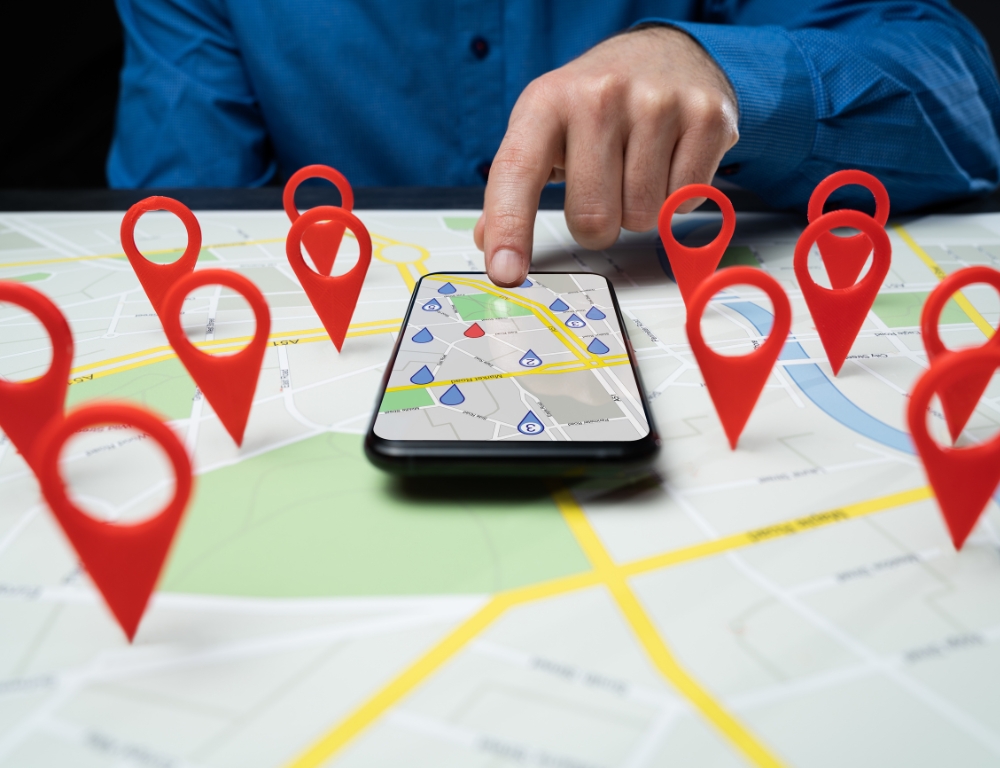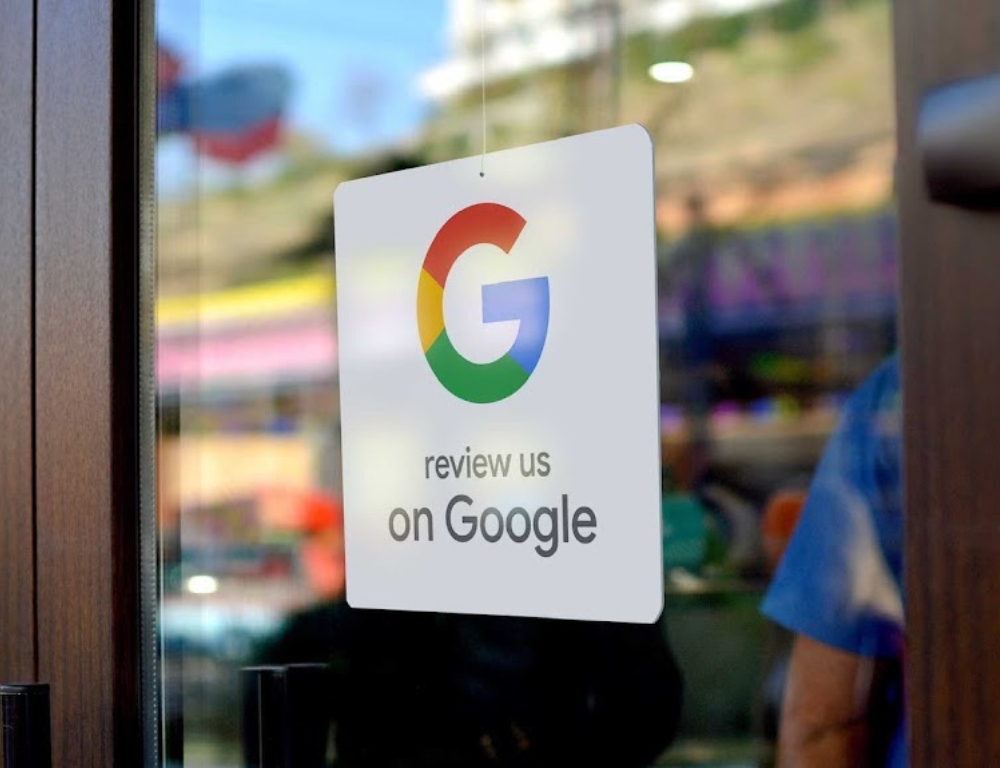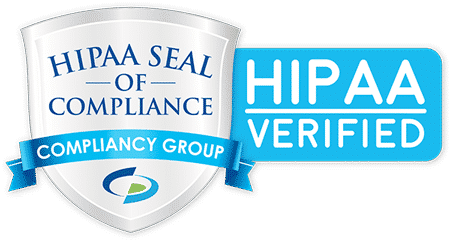Blogs
Unlock the insights, trends, and strategies shaping the digital landscape.
Stay ahead in the world of innovation and digital mastery

Boost Your Online Presence: Local SEO Strategies for Small Businesses
A strong online presence is essential to attract local customers, and Local SEO (Search Engine Optimization) can help your business stand out in search results, making it easier for potential customers to find your business. By focusing on local SEO strategies, you can improve your online visibility, drive traffic, and

How Streamlined Appointment Management Can Transform Your Business
Managing appointments effectively is a fundamental part of running a successful business. With the right appointment scheduling software, you can save time, reduce administrative tasks, and increase your revenue. Whether you operate in financial services, healthcare, fitness, or any other industry, optimizing your scheduling process will improve your business operations

The Power of Dedicated Text Numbers for Business Success
At present, effective communication is essential. One way businesses are enhancing their client relationships is by using dedicated Short Message Service (SMS) numbers. This method boosts productivity and fosters client loyalty, much like the advancements seen with Voice over Internet Protocol (VoIP) technology. Let’s explore how incorporating dedicated SMS numbers

The Importance of Using a Social Media Planner for Scheduling Posts
Maintaining a consistent presence across multiple platforms can be a daunting task for business owners. The solution to this challenge lies in integrating a social media planner into your daily operations. A social media content planner allows you to schedule all your social media posts in one place, providing seamless

Understanding Conversion API vs. Pixel: A Guide for Business Owners
In the ever-evolving world of digital marketing, staying ahead of the curve is crucial. As privacy concerns rise and technology advances, the way businesses track and optimize their online advertising must adapt. Two critical tools in this landscape are Facebook’s Conversion API (CAPI) and the traditional Facebook Pixel. Understanding the

Freshen Up Your Online Presence: Spring Cleaning Your Digital Marketing Strategy
Spring is in the air, and just like we spruce up our homes and gardens, it’s also the perfect time to give our digital marketing strategy a good spring cleaning. As we embrace the season of renewal and growth, it’s essential for businesses to refresh their online presence to attract

Stand Out: How Google Reviews Can Boost Your Business
In today’s digital age, online reviews have become a crucial factor in shaping consumers’ perceptions and decisions. Among the various platforms available, Google Reviews hold significant weight due to their visibility and credibility. As a business owner, harnessing the power of Google Reviews can greatly impact your online reputation and

Mobile Optimization: The Key to Captivating Gen Z and Beyond
In the era of digital dominance, businesses are continuously searching for ways to expand their reach and engage a broader audience. While Millennials and Baby Boomers remain essential consumer groups, the spending power of Gen Z is on the rise, and it’s a force to be reckoned with. As their

Video Advertising Trends: Short, Shoppable, and Silent – Here’s Why You Need to Embrace Them
In the fast-paced world of marketing, video advertising has become an essential tool for capturing your audience’s attention. As 2024 unfolds, it’s crucial to stay ahead of the curve by embracing these top three video advertising trends. 1. Short and Sweet: The Power of Bite-Sized Video Ads In today’s digital





